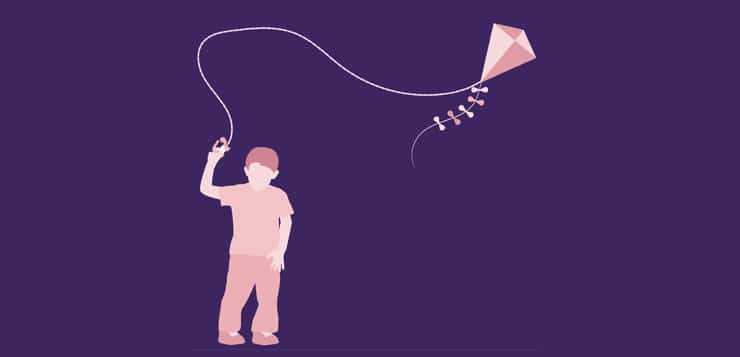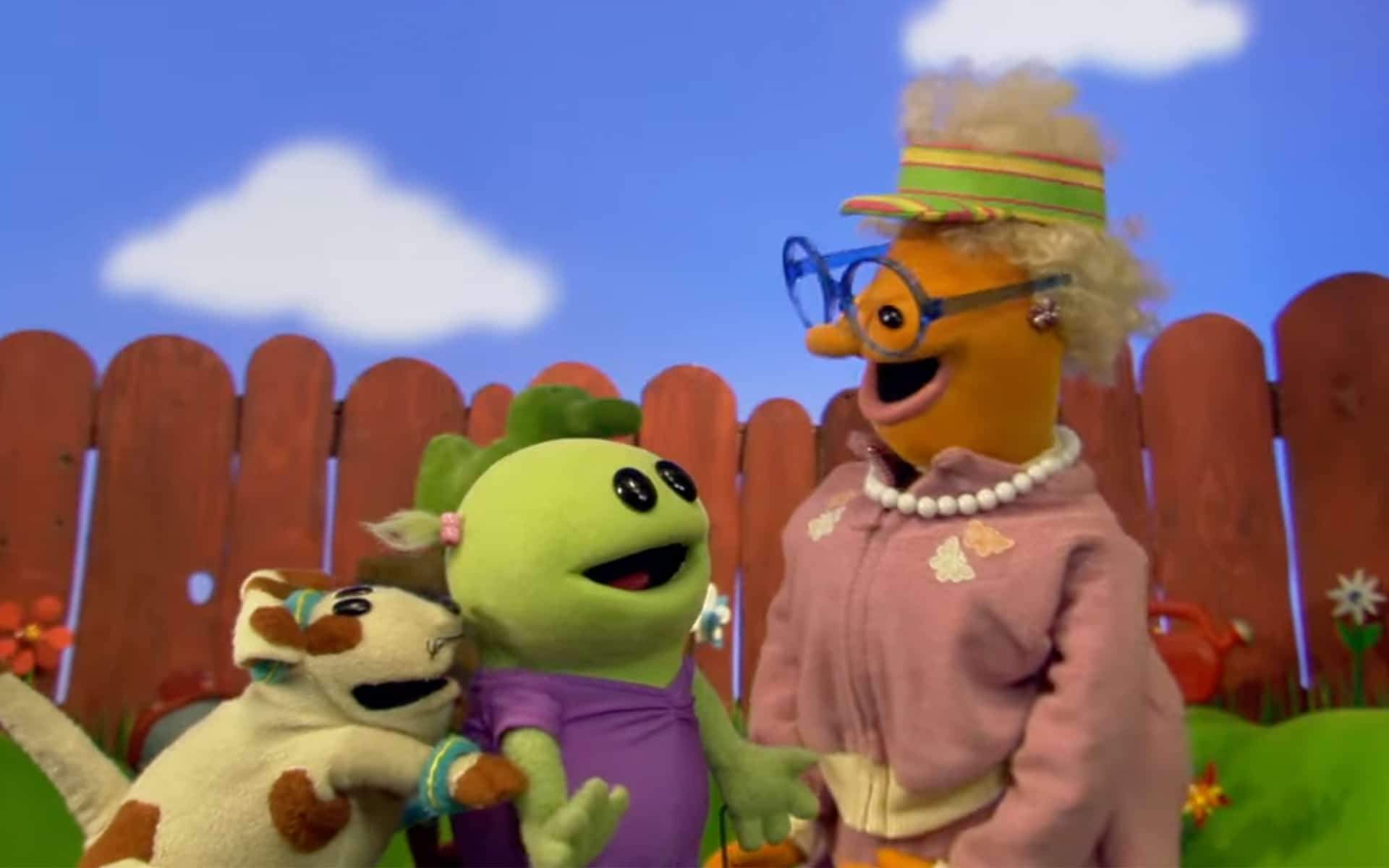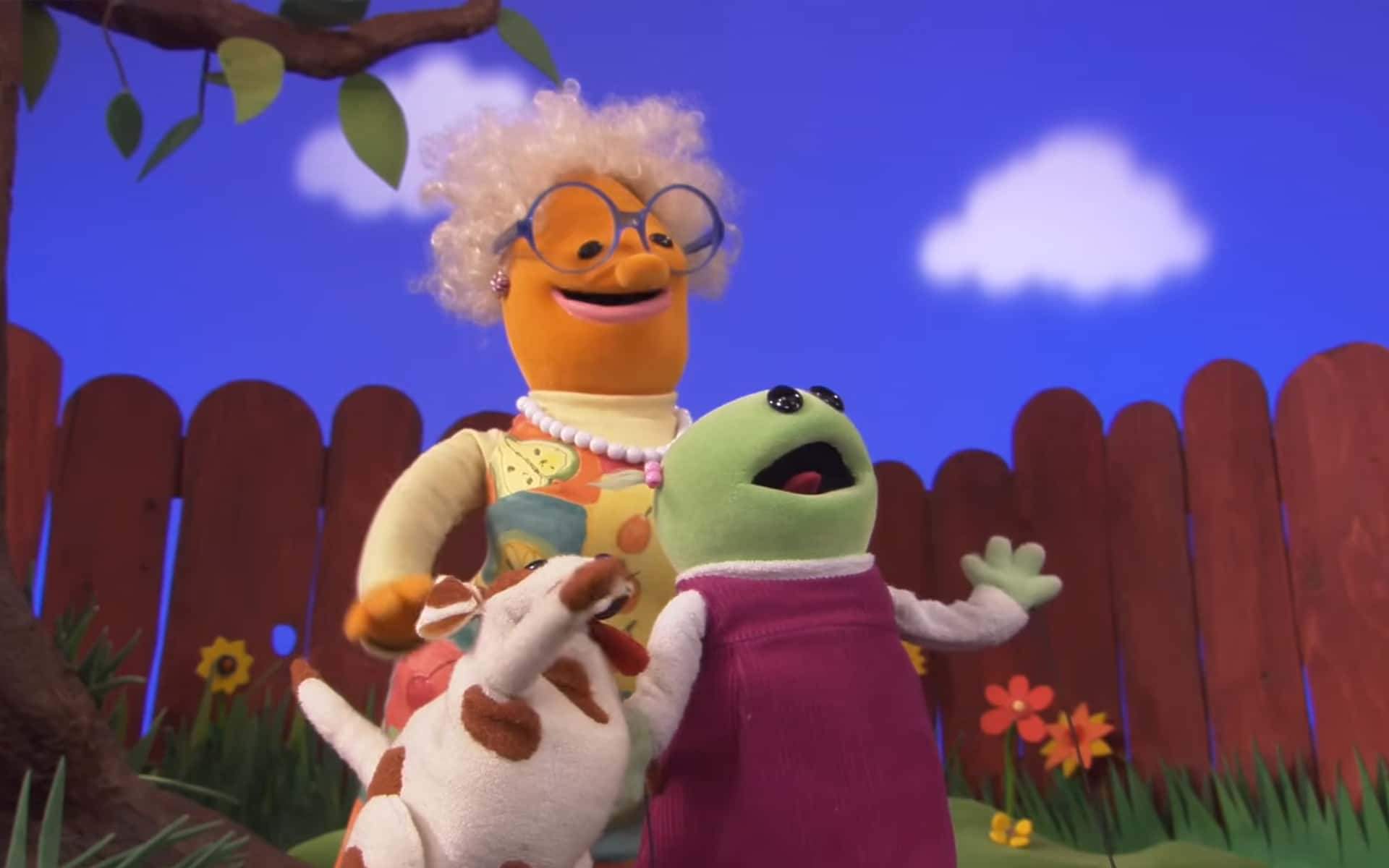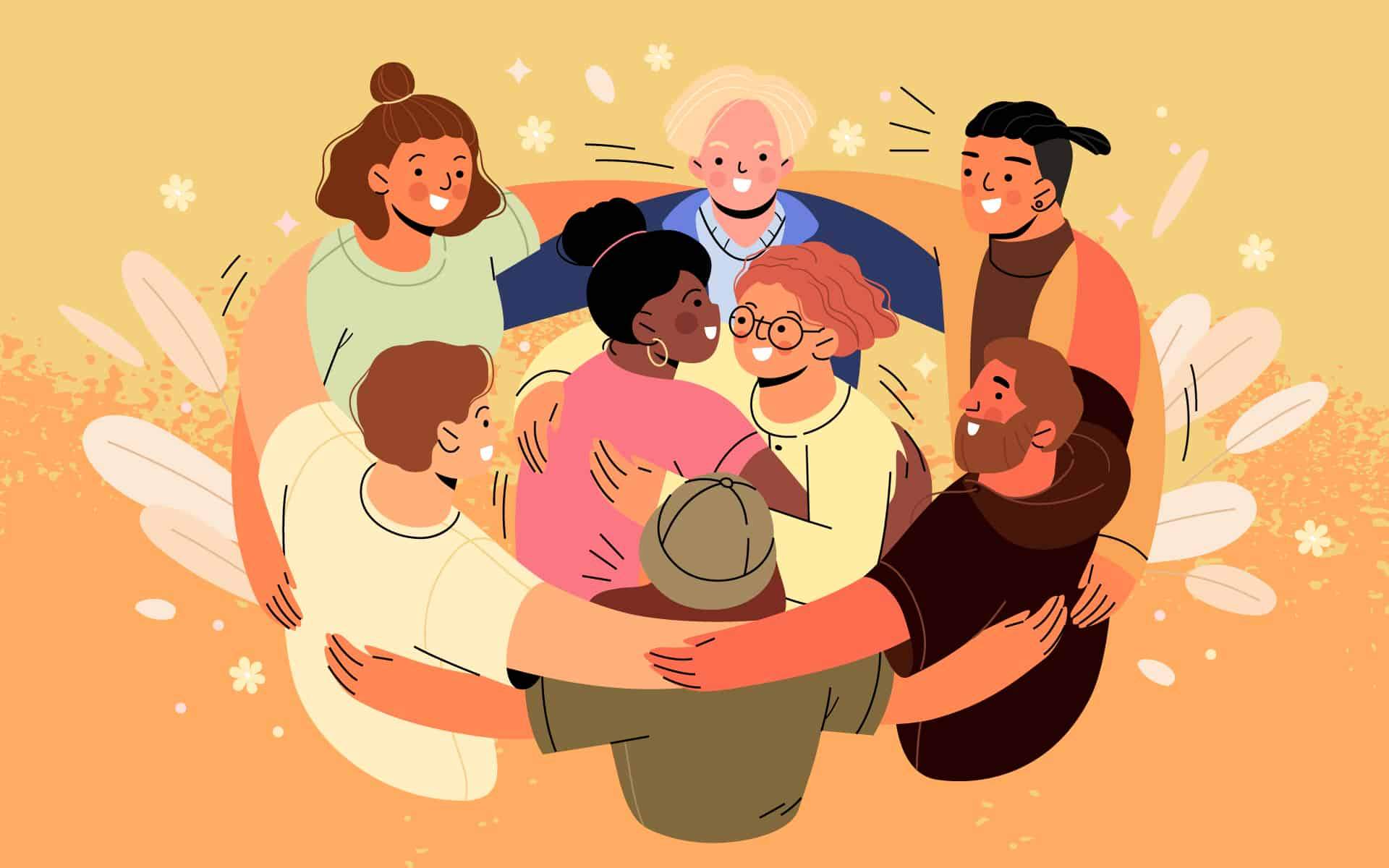Despite giving up so much when becoming parents, we ironically enter a whole new world of stuff—some necessary, but most not so much. With each child, the average household inventory expands another 30 percent. In the United States, we have 3 percent of the world’s children and 40 percent of the world’s toys, with the average child receiving 70 new toys a year—and that’s according to research that’s already a decade old.
Today, any thirty-minute TV show includes at least eight minutes of advertisements, and much of the television programming for kids is rarely more than a twenty-two-minute commercial for tie-in toys or other merchandise. Even when they turn off their screens, our children are barraged with advertisements for toys, games, and the latest gadgets—not to mention having such goodies placed at child height in grocery stores, pharmacies, coffee shops, and more. So if you think it’s hard to resist, think about what you are up against. Corporations spend $17 billion a year marketing to kids—an almost 200-fold increase over the past thirty years. Marketing firms hire the best behavioral scientists in the world, who use the latest technology, such fMRI machines, to better locate the “want” button in our brains.
Considering all we’re up against, what can we do to help our kids let go of stuff?
- Talk to your kids about what marketing is. For starters, we can explain to kids what marketing is and how it’s designed to fool our brains. (Check out the Campaign for a Commercial Free Childhood for some helpful ideas.)
- Set limits on purchases. Next, we can set limits around buying toys and reserve gifts only for special occasions. This also gives kids something to look forward to (as opposed to expecting it), builds patience as they wait, enhances their appreciation, and makes them happier.
- Take a look at your own spending habits. Third, we can serve as healthy models by not overly engaging in retail therapy. If we regularly send the message to our kids that stuff buys happiness, we can’t expect them to learn otherwise.
My parents’ house—my teenage home—was recently destroyed in a fire. My parents are fine but lost nearly everything—books, clothing, heirlooms, and countless other possessions and comforts. I feel this loss, too, as the fire took not just my childhood memorabilia, but memories too. However, although this was heartbreaking and hard for all of us, there was also a strange relief, as if the loss of that house and its objects had lifted some kind of burden from us.
Deliberately (or accidentally, as in the case of the fire) getting rid of literal burdens is a liberating practice. As Bob Dylan said in Like a Rolling Stone, “When you ain’t got nothin’, you got nothing to lose.” In the recent bestseller The Life-Changing Magic of Tidying Up, Marie Kondo offers some simple advice for letting go of material things. For example, she suggests looking over each thing you own and asking yourself, “Does this spark joy?” If it does, keep it. If it doesn’t, express your gratitude for the purpose that thing once served and wish it a fond farewell. We can practice this with our children by regularly sorting through old toys and clothes, appreciating the items that still spark engagement and happiness, and enjoying the extra room we gain by saying goodbye to the things that don’t.
When kids have too many toys—even more than five at once—they are less able to focus.
Kids need “mastery” of their toys, not superficial relationships with as many possessions as possible. You probably noticed early on in your child’s life that kids want the same books and games over and over again. The repetition might drive us adults crazy, but it’s actually critical for a child’s cognitive development. When kids have too many toys—even more than five at once—they are less able to focus. You’ve also likely witnessed how engaged kids become when they have to invent new toys and games out of virtually nothing. If necessity is the mother of invention, perhaps boredom is its father.
Research clearly backs the benefits of fewer toys. One telling study from Germany explored removing toys from a nursery school for three months. While the first days were tough for kids and staff alike, by the end of three months, the kids were playing more creatively, communicating and cooperating more effectively, and concentrating far longer than their previously toy-filled classroom. Besides, after a certain point, the more toys kids have, the more they seem to fight about them.
Yet, letting go is hard. Humans have been wired through evolution to believe that having more—more stuff, more food, more entertainment—will make us safer and happier, even when we have more than enough. For example, people are less likely to part with things they’ve spent “good money” on—a psychological principle known as the “sunk cost fallacy.” Yet most of us know that getting rid of things usually leads to more relief than regret.
Here’s how to help kids let go of things by engaging their imagination and natural compassion:
- Spark their imaginations. For example, ask which toys are lonely or which stuffed animals might be happier (and might bring happiness) in a new home. Imagining the story of that toy’s next journey can help make the thank-you and goodbye that much easier. As parents, we can have trouble letting go of our kids’ tiny sweaters, first finger paintings, and miniature baby shoes, but when we purge most of the old stuff, we treasure what we keep that much more.
- Set up a toy swap or a donation drive. Entrepreneurial kids can sell their old toys and spend the money on something new or donate that money to a good cause. A few years ago, I was jogging past a child’s yard sale in my neighborhood. I asked what they were using the money for, and the smiling seven-year-old informed me, “It’s for a charity that helps women trapped in abusive marriages.” Sometimes the motivation for letting go can be as simple as helping others.
- Reflect on what you, as a parent, really need: Ask yourself: How much stuff does your family actually need? Are there things that immediately come to mind that you could donate or sell? By getting rid of some of your stuff, what might you immediately gain?
Some degree of simplification doesn’t have to mean becoming an ascetic. But keep in mind that less is more—more space, more time, more money, more creativity, more gratitude, and more harmony and happiness. And yet, despite the romantic fantasies we may have harbored of our kids blissfully playing only with handcrafted wooden toys and contemplating nature, we also want them to be able to experience the toys culture so that they can connect with other kids.
This article was adapted from “Raising Resilience: The Wisdom and Science of Happy Families and Thriving Children,” by Christopher Willard, PsyD.








